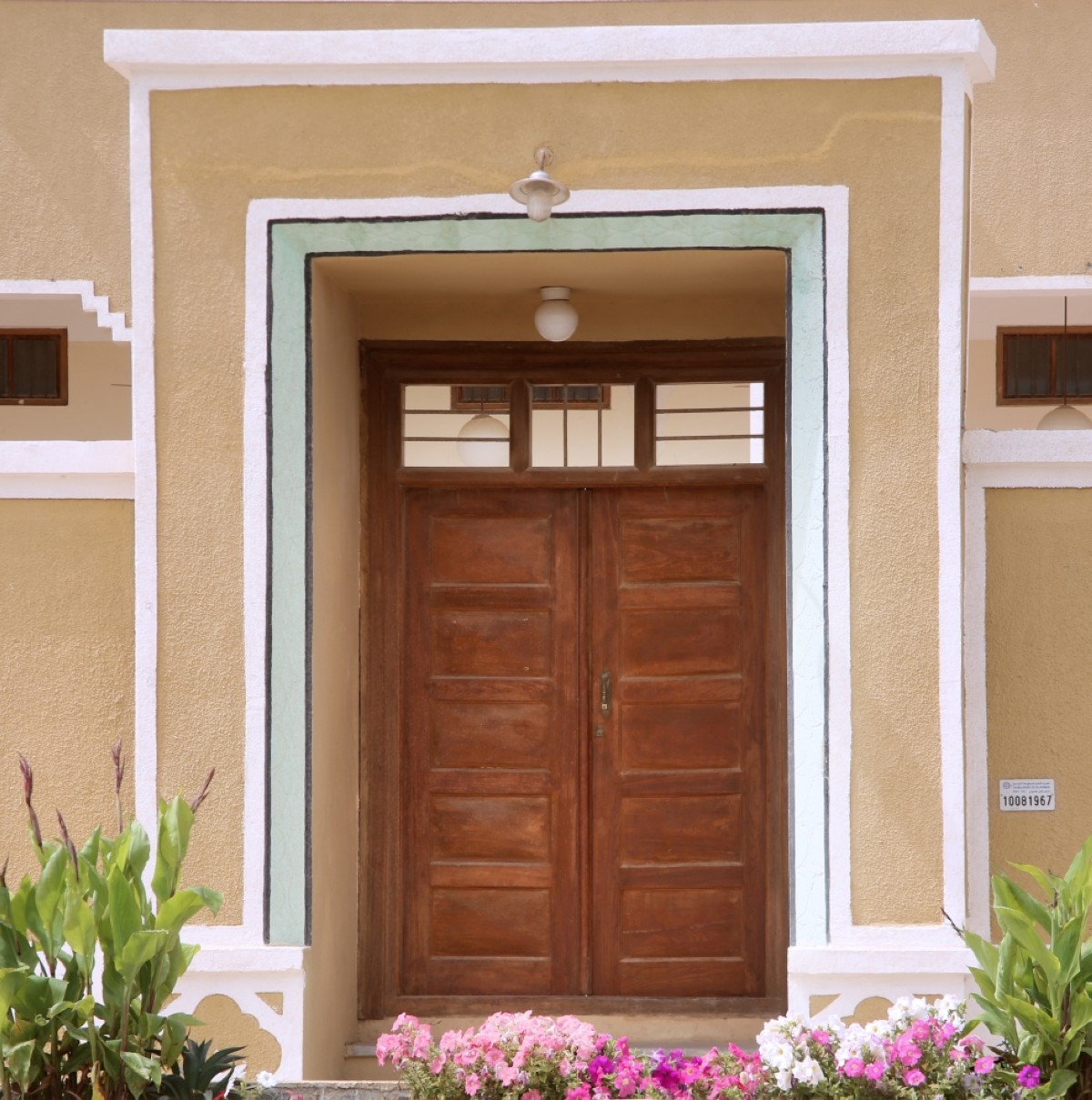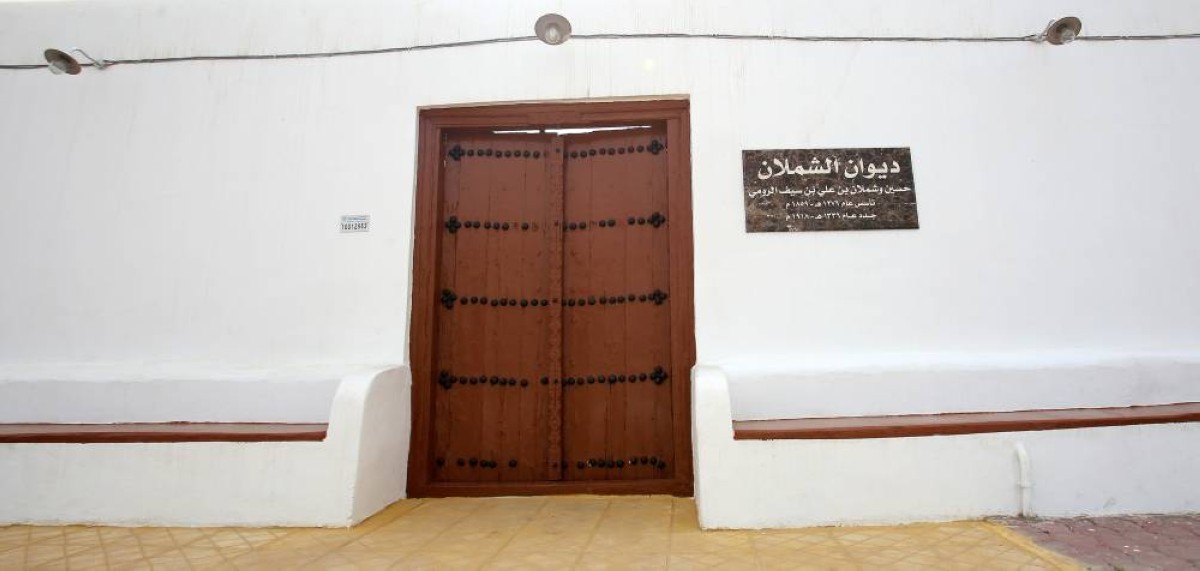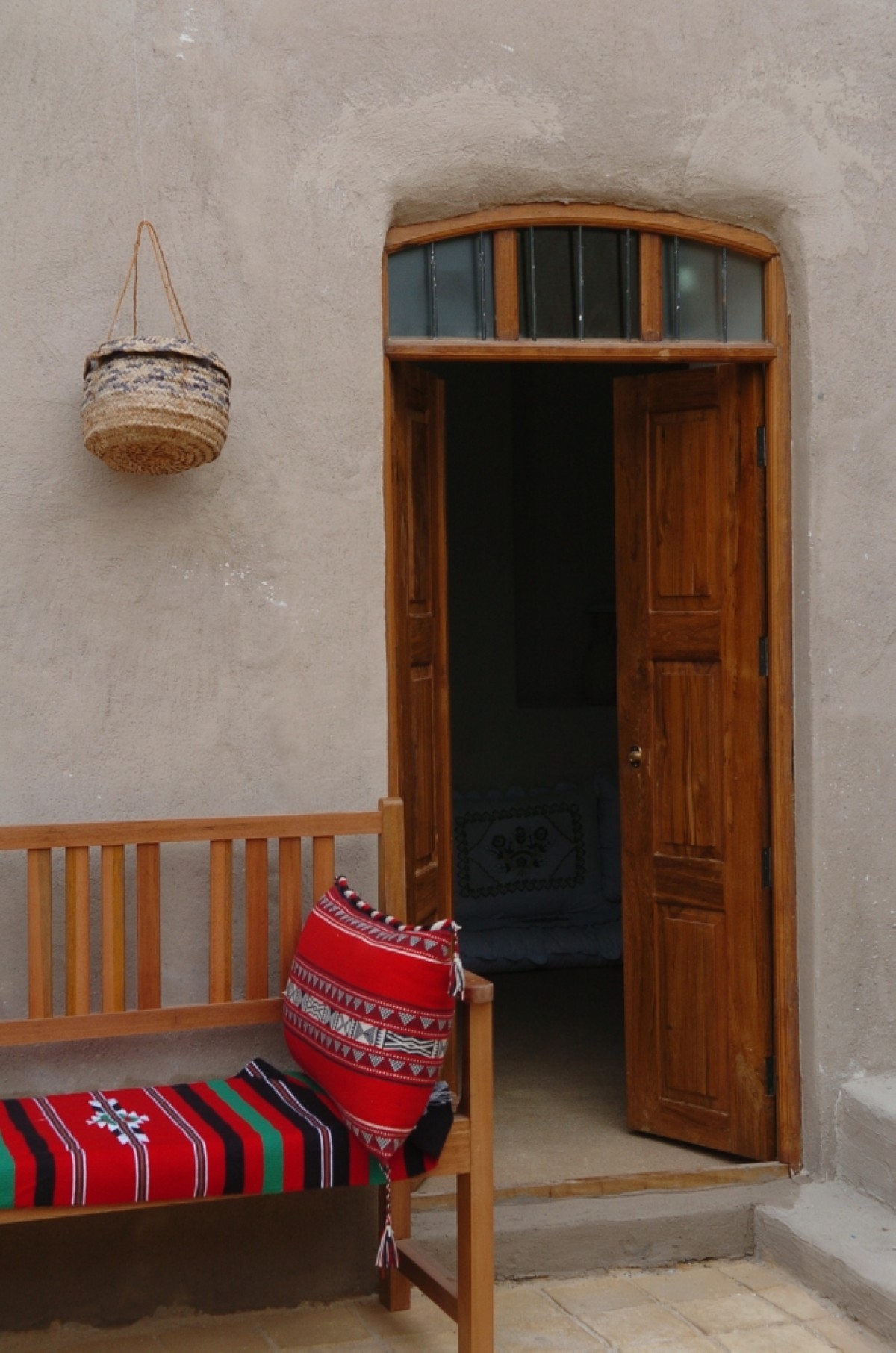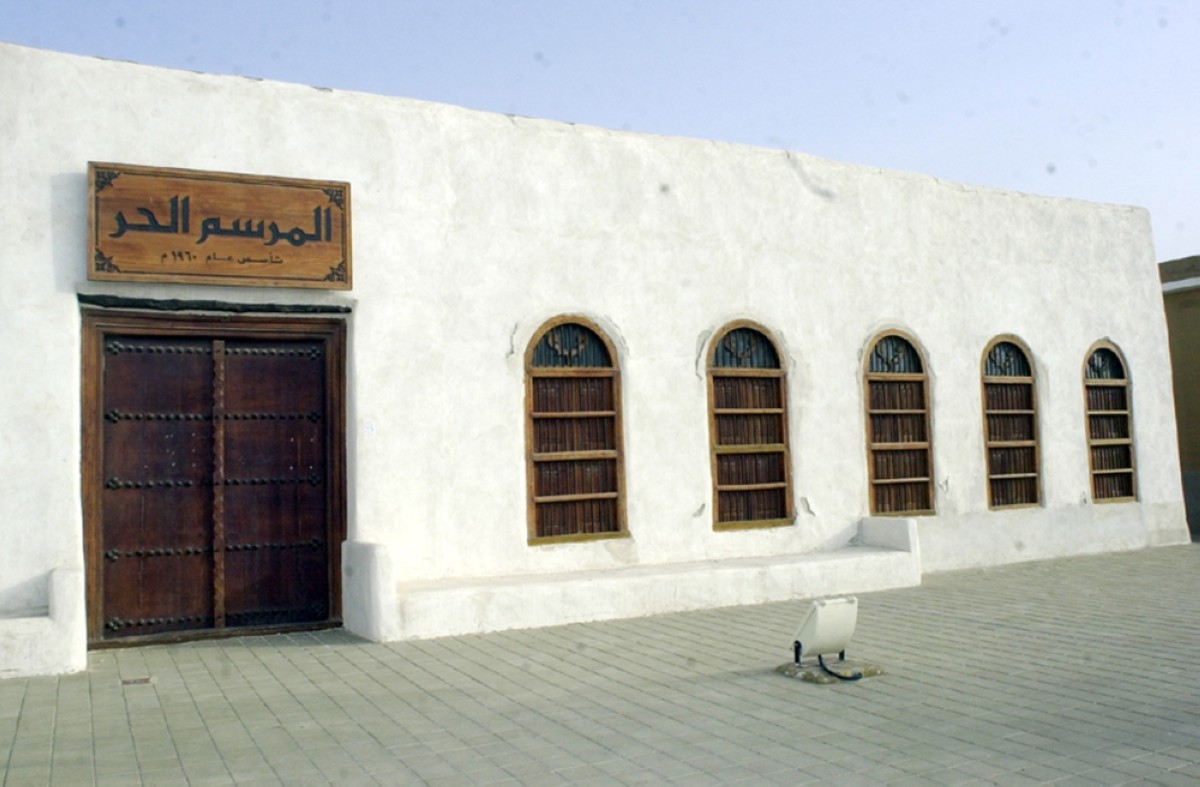Adorned with intricate ornate detailing, rich textures and unique aroma, the old wooden doors of Kuwait have long caught the attention and admiration of traditional craftsman, and Kuwaiti heritage researcher Saleh Al-Mithen. "Gazing at these doors has always sparked my curiosity about what lies beyond them — how they were crafted, the materials used, how people entered them and how they transported their belongings through them. That’s where it all started,” he passionately said.
Mithen transported Kuwait Times to a different era and location, back in time when the most-widely used type of wood to craft these doors was teak, known as "saj”. According to him, this wood was sourced from forests along the eastern coasts of India and transported by sea until it reached wood sellers in Kuwait.
The doors were crafted by local carpenters and exported to several Gulf countries, including Iraq, Iran and Saudi Arabia, Mithen noted. "While this craft has become extinct, it used to be very popular in the past, as it traditionally passed down from father to son, especially the making of doors and windows,” he added.






Describing the crafting process, he detailed how carpenters would cut the teakwood into sheets of desired thickness, then attach the sheets together using domed nails that also serve as decorative elements. Crafting these doors was an incredibly tedious task, as noted by Mithen, who emphasized that the hardness of the wood required carpenters to exert immense physical effort during sawing.
"Saj is considered one of the thickest and most durable types of wood, which once provided a genuine sense of security for people in their homes,” he said. Mithen mentioned these doors were very popular in Kuwait and the Gulf, before old buildings were demolished. Every country’s doors stood out uniquely, displaying their distinctive fingerprints. A few of them have been carefully preserved by individuals as remarkable treasures of history, he noted.
In his book "The Making of Doors and Windows in Kuwaiti Heritage”, Mithen listed the various types of doors that were prevalent in Kuwait during that era, each distinguished by a specific term. Bab Bukhokha was the most popular, often used for entrances of houses and mosques. He described it as a grand structure covering the front entrance of buildings, with a smaller door cut into it (known as khokha or hole) for everyday use.
Bou Safaqatin, on the other hand, was a double-sided door used for entry. Bab Bu Toilet Muqtaa earned its name from its resemblance to an old hairstyle known as the ‘toilet’. Bab Muqtaa was characterized by wooden panels cut into squares or rectangles, including an upper opening for air passage. This type of door was utilized both indoors and outdoors, particularly in bathrooms, swimming pools and kitchens, he remarked. Derwaza, meanwhile, was a large door consisting of large nails without a domed head.
Though these terms may have faded from history, the designs of these doors themselves have endured through the ages, scattered across the country, adorning the entrances of numerous buildings and captivating the attention of passersby.

